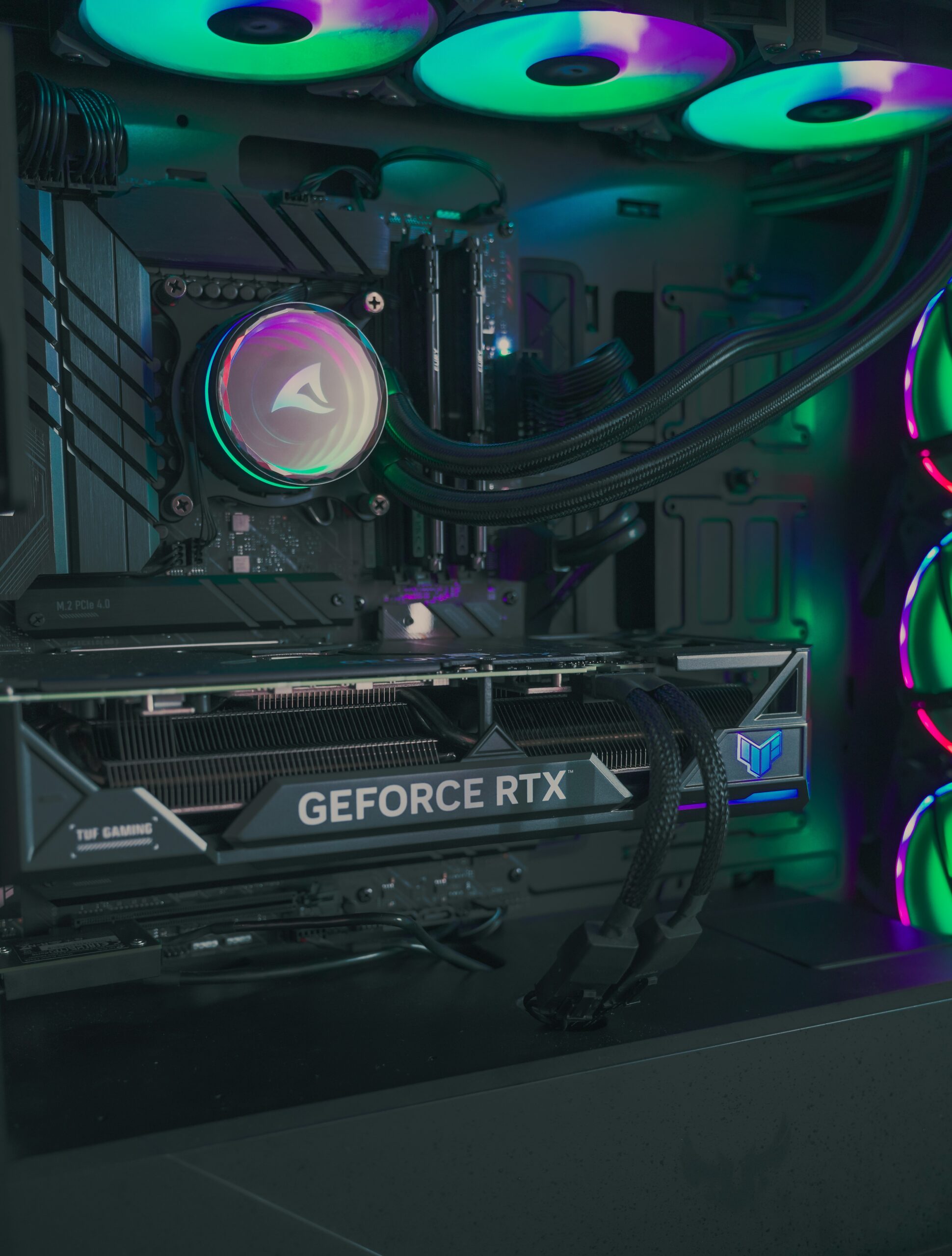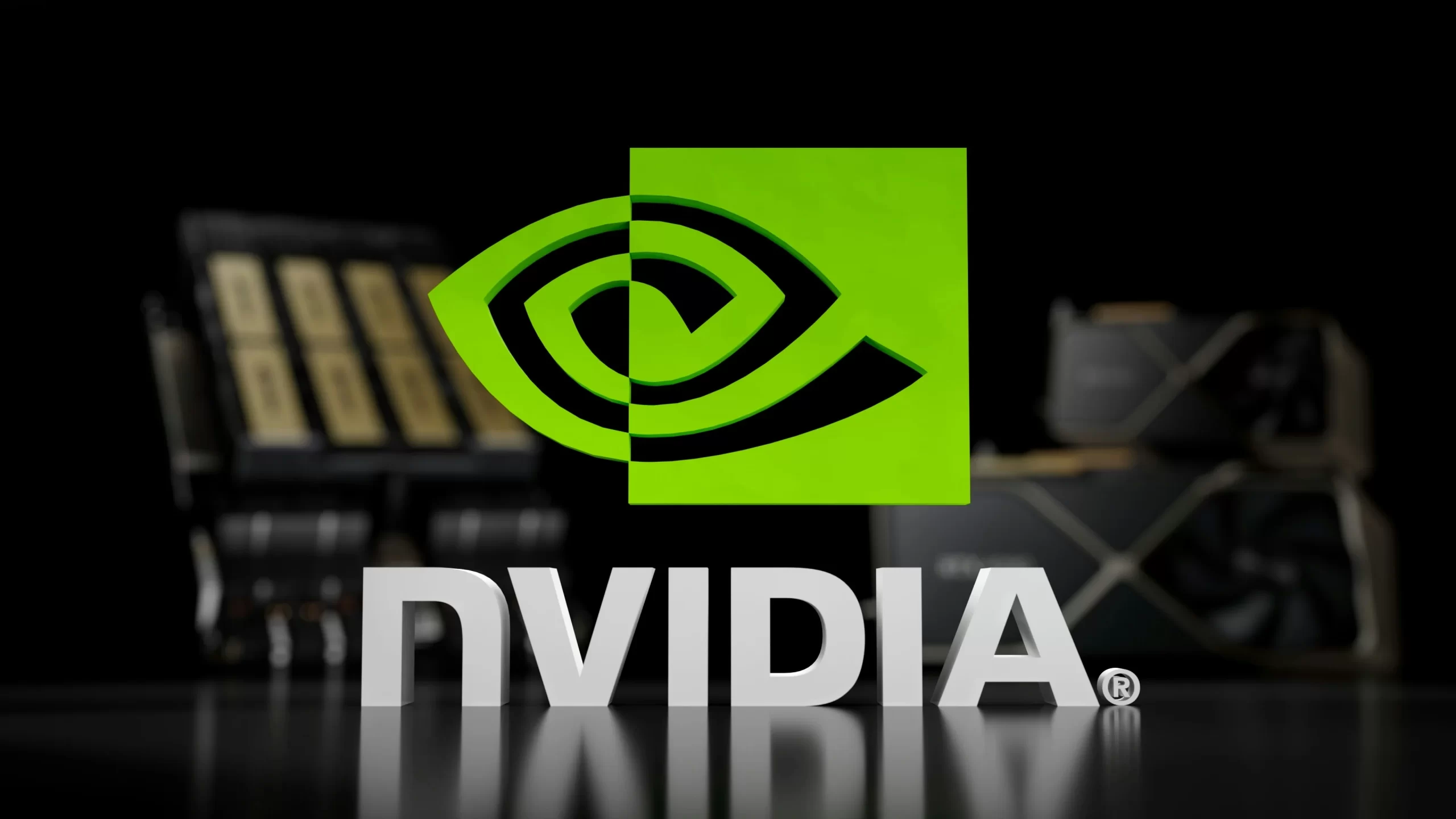Understanding Graphics Cards: A Comprehensive Guide
When discussing the performance and capabilities of modern computers, the term “graphics card” often arises. But what exactly is a graphics card, and why is it so crucial? In this article, we’ll explore the key aspects of Graphics Card, helping you understand their importance, how to choose a good one, and when it’s time to upgrade.
What exactly is a Graphics Card?
A Graphics Card, also known as a GPU (Graphics Processing Unit), is a hardware component that handles the rendering of images, videos, and animations in your computer. It is essential for gaming, video editing, 3D rendering, and other tasks that require high-quality visual output.
Do I Really Need a Graphics Card?
While integrated graphics (built into the CPU) can handle basic tasks like browsing the web or streaming videos, a dedicated graphics card is necessary for more demanding applications. Gamers, graphic designers, and video editors, in particular, will benefit from the enhanced performance that a dedicated GPU provides.
What Makes a Good Graphics Card?
When searching for a good Graphics Card, several factors come into play:
1. Specifications to Look For:
The most crucial specs include the GPU’s clock speed, memory size (VRAM), and the number of cores. A higher clock speed and more VRAM generally translate to better performance, especially for gaming and graphic-intensive tasks.
2. Suitability for Your Needs:
Not all graphics cards are created equal. For instance, a 3060 GPU might be sufficient for mid-range gaming, but if you want to play the latest AAA titles at ultra settings, you might need something more powerful, like a GTX or RTX series card.
3. Budget Considerations:
Graphics cards can range from budget-friendly options to high-end models that cost several hundred dollars. It’s essential to balance your performance needs with your budget. A good rule of thumb is to invest in a graphics card that offers the best performance within your price range.
How Much Does a New Graphics Card Cost?
The cost of a Graphics Card can vary widely based on its performance, brand, and the current market demand. As of now, the market has seen fluctuations, with prices sometimes being higher due to supply chain issues or increased demand.
Is a 2GB Graphics Card Enough?
For basic tasks and older games, a 2GB Graphics Card might suffice. However, for modern gaming, video editing, or VR, you should consider a card with at least 4GB to 8GB of VRAM.
How to Check Your Graphics Card on a PC
Before upgrading or troubleshooting your graphics card, it’s essential to know the specifications of your current setup. Here’s how you can check:
1. Use System Information Tools:
You can easily check your Graphics Card by using built-in Windows tools like Device Manager or the DirectX Diagnostic Tool (dxdiag). These tools provide detailed information about your GPU and its drivers.
2. Updating Graphics Card Drivers:
Keeping your graphics drivers up to date is crucial for optimal performance and compatibility with the latest games and applications. You can update your drivers through the GPU manufacturer’s website or via Windows Update.
Conclusion
Graphics Card are a vital component for anyone looking to get the most out of their PC, whether it’s for gaming, video editing, or Graphic design. By understanding what makes a good graphics card and knowing how to check and maintain it, you can ensure that your computer delivers the performance you need.
For those new to the world of GPUs, this guide should provide a solid foundation to help you make informed decisions about purchasing and upgrading your graphics card.
Wrote by Jorge





Un comentario sobre “What is a Graphics Card | Do I Really Need a Graphics Card?”